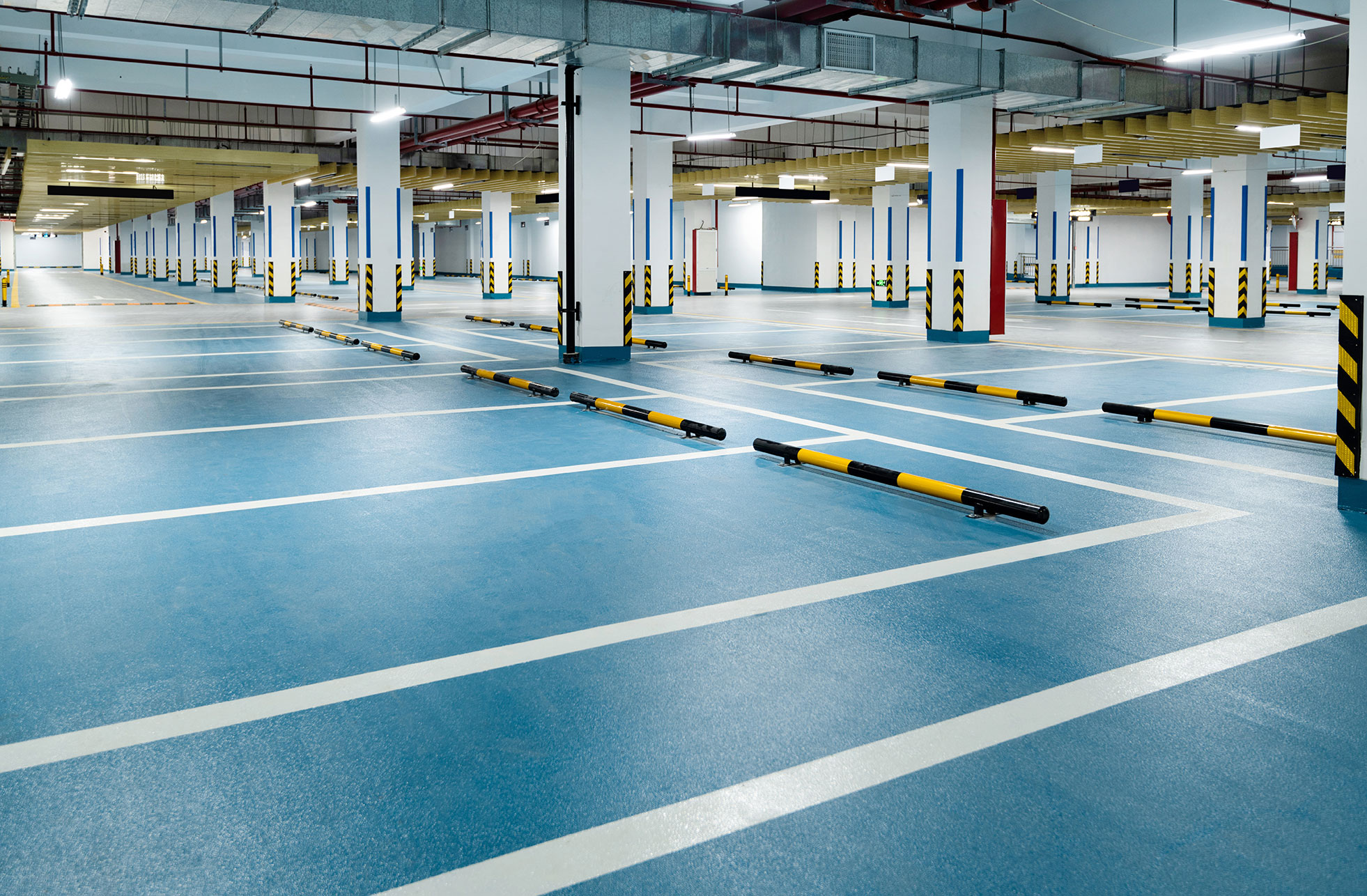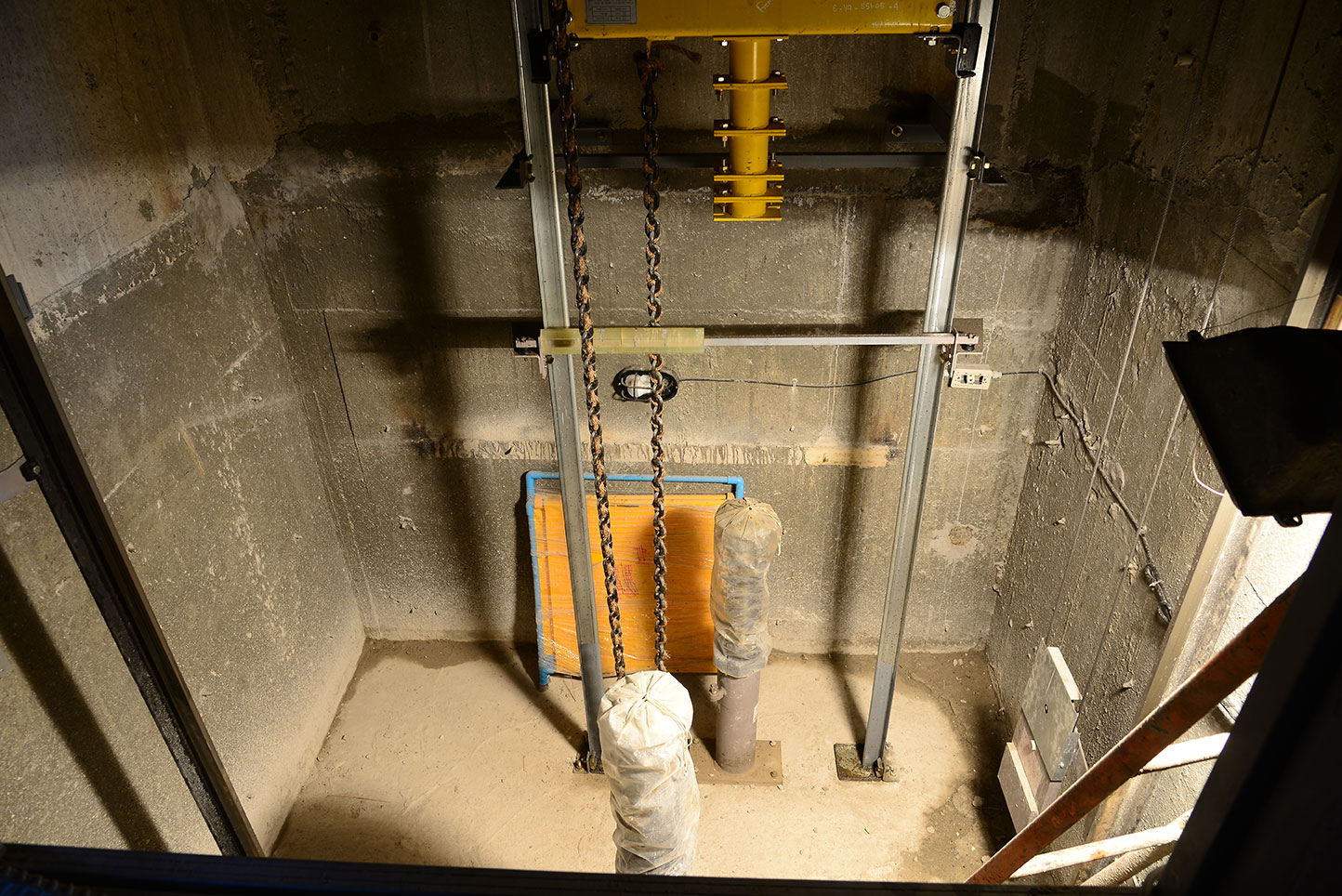
How to Fix a Leaking Basement? Step-by-Step Waterproofing Guide
ARDEX ENDURA
12 Nov 2025
05 Min
Walking into your basement and catching a whiff of that damp, earthy smell. Sounds familiar? Then you must already know what’s coming next: water. Leaks don’t just stain the walls; they invite mould that festers. And eventually, they rot wood, and can even put the foundation at risk.
Some leaks creep in quietly from inside walls, while others push their way through from the outside. That’s precisely why basement waterproofing is the need of the hour.
Explore high-quality waterproofing solutions for basement by Ardex Endura, built to address both sides of the problem.
From WPM 3000 BG, a sheet-applied basement waterproofing membrane that shields the positive side of a basement wall to WPM 415 C, a crystalline coating that handles leakages on the negative side, protect your basement the right way with us.
Signs You Have a Leaking Basement
Water rarely barges in with a flood right away. Most basements first notice:
- A musty, “wet cloth” smell that lingers.
- Brownish water stains that creep up the walls.
- Paint peeling, cracking or bubbling.
- Powdery white efflorescence or stubborn mould patches.
- Small puddles after heavy rainstorms.
In some cases, you may even notice that your stored items, such as cardboard boxes, furniture, or fabric, are getting damp. Hence, you need to pay attention to these subtle clues for leakage to avoid significant financial repairs in the future.
What Causes Basement Leakage?
Common Causes of Leaks
- Hydrostatic Pressure: When the underground water presses against walls and floors.
- Capillary Action: Moisture seeps into the pores present in concrete or brick.
- Cracks and Joints: Small gaps that can act like gateways for water.
- Poor Grading Outside: The land slopes incorrectly, allowing rainwater to accumulate near the foundation.
- Plumbing Issues: Leaking pipes or surface runoff that tend to exacerbate the problem.
Types of Basement Waterproofing Methods
Every basement has its story, doesn’t it? New constructions can be treated from the start. Whereas older homes usually need repairs inside first and protection outside later.
Internal Waterproofing
Interior basement waterproofing is mainly used when moisture comes from mild seepage or condensation. It involves applying coatings, such as crystalline coatings to the interior surfaces. These coatings help stop small leaks and direct water toward a drainage system.
The advantage here is speed. Internal solutions often require less disruption since you don’t have to dig outside. However, they’re usually considered temporary or supportive rather than a full fix for structural leaks.
WPM 415 C can be used on the negative side, that is, as a coating on the surface or mixed into concrete to make it highly resistant to water leaks.
External Waterproofing
Exterior basement waterproofing focuses on stopping water from getting into your basement from the outside. A strong basement waterproof membrane or coating is applied to seal and protect the walls from water infiltration.
WPM 3000 BG or WPM 3000X can be applied on the positive side (the exterior face of the wall) to form a strong waterproof barrier. Additionally, WPM 810, a high performance PU based waterproofing membrane can prevent water from passing through, making it suitable for many waterproofing uses.
Step-by-Step Waterproofing Guide for a Leaky Basement
Step 1: Inspect and Identify the Leak Source
Find out where the water sneaks in first. You can trace marks on walls or follow damp patches after rain.
Step 2: Surface Preparation
- Scrub walls and floors clean.
- Remove dust, grease, debris or flaky paint.
Step 3: Crack Repair & Surface Patching
- For gaps and cracks, use cementitious or epoxy repair mortars.
- EP 305 and E 125 from Ardex Endura are proven repair materials for repairing cracks in structures.
Step 4: Apply Waterproofing Membrane
- Choose based on the level of damage: liquid coatings or a sheet basement waterproofing membrane.
- Opt for WPM 3000 BG or WPM 3000X as sheet-applied and WPM 810 as liquid-applied membranes on the positive side and WPM 415 C on the negative side for durable, long-lasting protection against water penetration.
Step 5: Protective Screed or Drain Board (if external)
A protective screed keeps membranes safe from mechanical damage.
Step 6: Finishing & Testing
- Allow proper curing (24–48 hours).
- Test with water for a final check.
How to Choose the Right Waterproofing Product?
Think of it this way: you’re pairing the right tool for basement waterproofing with the right job:
- Substrate: Consider what the concrete, plaster or brick basement actually needs, as matching the system to the substrate is key.
- Positive-side waterproofing: Ideally, go with WPM 3000 BG or WPM 810 for lasting results.
- Hairline cracks: Repair with EP 300 epoxy injection. Then, protect with WPM 810 elastomeric coating.
- Futureproofing: Sheet-applied membranes, such as WPM 3000X, ensure long life. Moreover, apply WPM 415 C on the negative side for added protection.
Common Mistakes to Avoid
- Using interior coatings to repair major external leaks.
- Forgetting to seal around pipes or outlets to avoid gaps.
- Rushing surface prep to get the job done faster can result in further leakage later on.
- Cutting the curing time too short.
- Mixing random, low-grade products.
Maintenance Tips After Waterproofing
- Check walls and floors for new damp patches every few months.
- Keep internal gutters and outdoor drains clear of debris.
- Don’t drill into treated surfaces without expert advice.
Ardex Endura Waterproofing Systems: Trusted by Professionals
Behind Ardex Endura is German engineering paired with years of field testing. Its basement waterproofing products are ISO-certified and widely used by contractors for long-term, reliable waterproofing solutions, including:
- WPM 415 C for negative + positive side waterproofing solutions for basement.
- WPM 810 for positive side coatings.
- WPM 3000X and WPM 3000 BG for durable sheet-applied membranes.
Conclusion
Fixing a leaking basement is more about keeping your home safe and healthy, rather than focusing on aesthetics. You can try quick DIY fixes, but the real difference comes from pairing the right approach with tested waterproofing solutions.
That’s why so many professionals choose Ardex Endura waterproofing solutions for basement, as we ensure durability, quality and performance.




